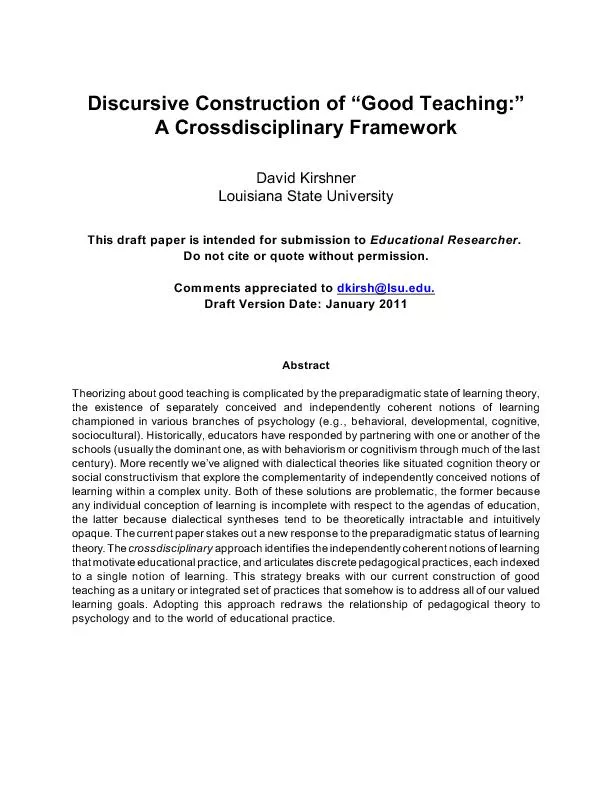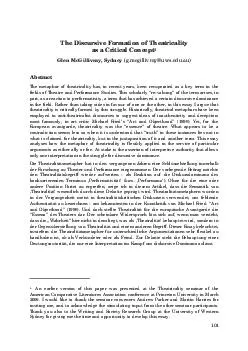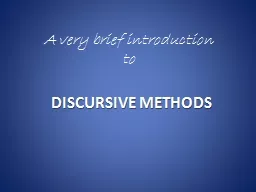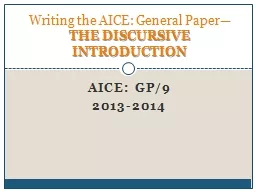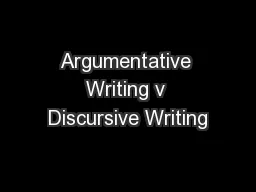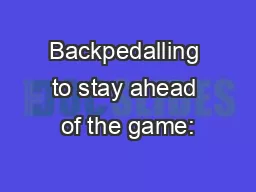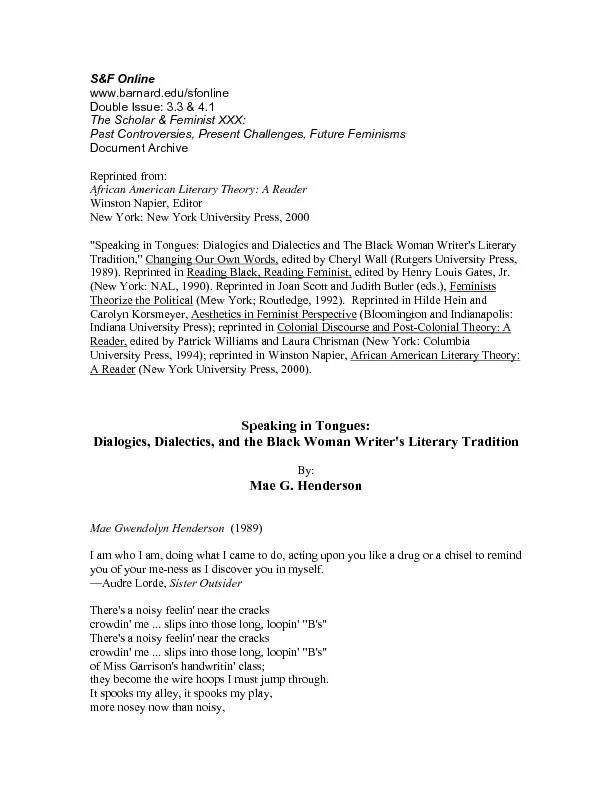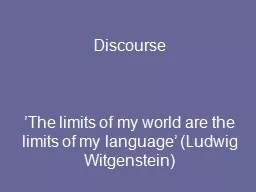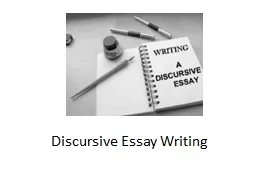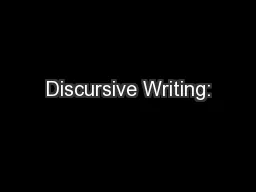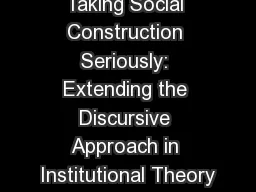PDF-Discursive Construction of
Author : lindy-dunigan | Published Date : 2016-03-15
A Crossdisciplinary Framework David Kirshner Louisiana State University This draft paper is intended for submission to Educational Researcher Do not cite or quote
Presentation Embed Code
Download Presentation
Download Presentation The PPT/PDF document "Discursive Construction of " is the property of its rightful owner. Permission is granted to download and print the materials on this website for personal, non-commercial use only, and to display it on your personal computer provided you do not modify the materials and that you retain all copyright notices contained in the materials. By downloading content from our website, you accept the terms of this agreement.
Discursive Construction of : Transcript
Download Rules Of Document
"Discursive Construction of "The content belongs to its owner. You may download and print it for personal use, without modification, and keep all copyright notices. By downloading, you agree to these terms.
Related Documents

